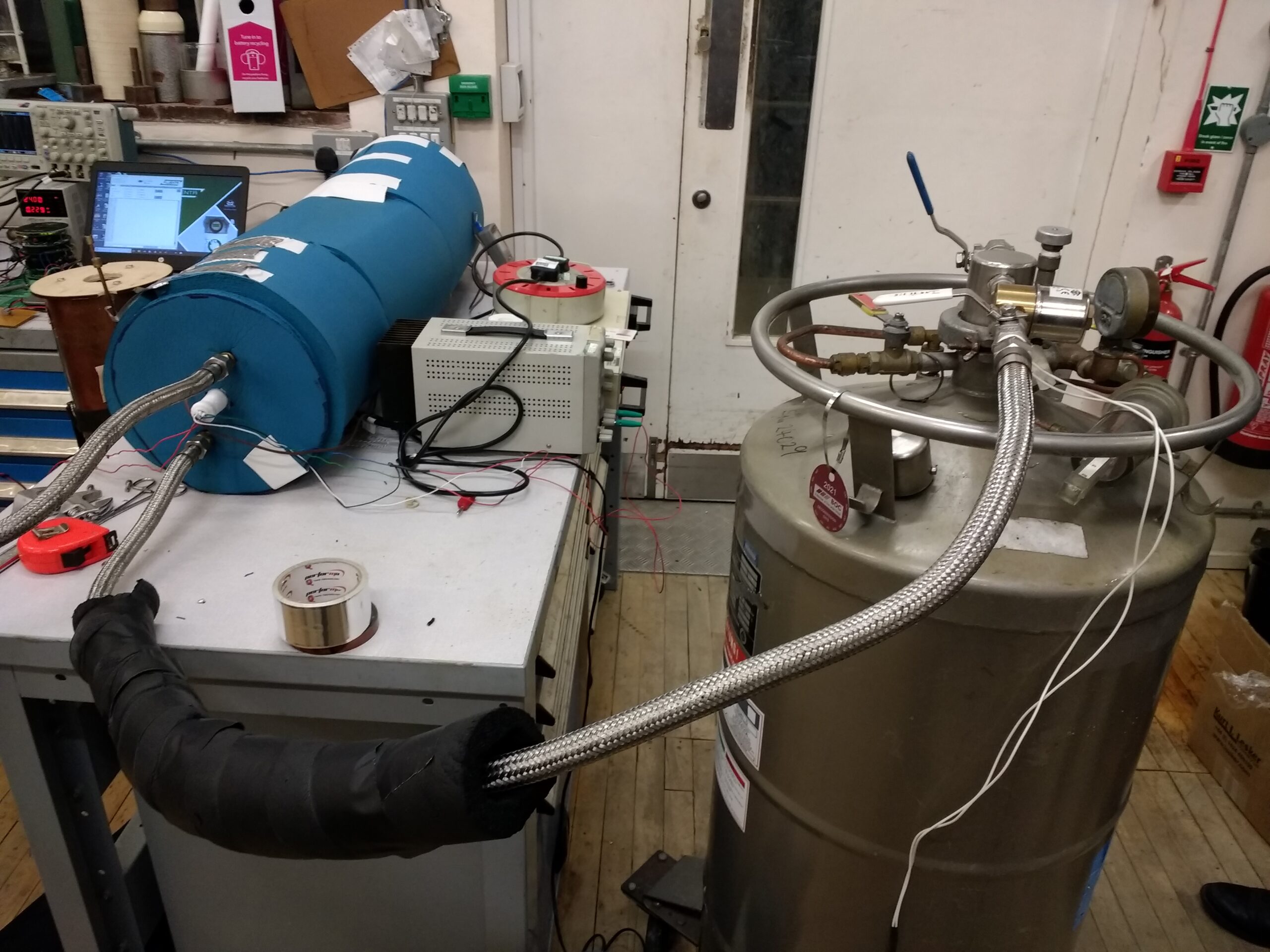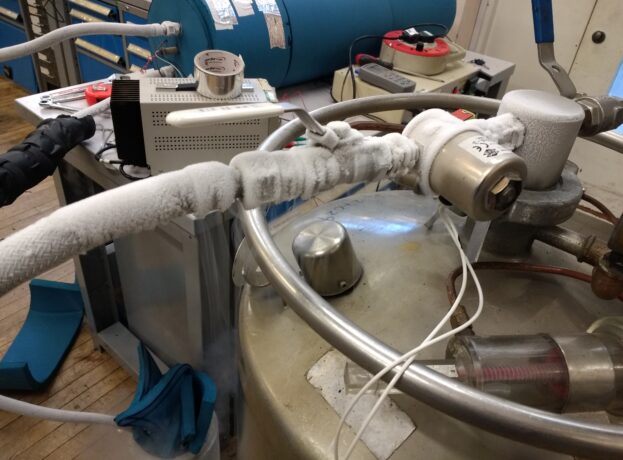
Working with Cryogenic / Low temperatures
Unlocking the Benefits of LNG
The liquefaction of natural gas into LNG (Liquefied Natural Gas) offers a game-changing solution for the safe and cost-effective transportation of this resource over extensive distances, particularly in regions where pipelines are unavailable or economically nonviable.
LNG is typically handled by storing and transporting it in cryogenic liquid form within specially designed tanks loaded onto vessels. These tanks maintain the LNG at an astonishingly cold temperature of -163°C (-261°F), significantly enhancing its density. Nevertheless, despite the insulation, a gradual warming effect takes place, causing the LNG cargo to evaporate when it reaches its boiling point. This natural process, known as ‘boil-off,’ is inevitable, and the resulting boil-off gas (BOG) must be effectively managed to maintain the tanks’ pressure.
Measuring gases at such extremely low temperatures is a formidable challenge for most gas flow measurement systems. Fluenta, however, has introduced a groundbreaking adaptation of our innovative FlarePhase Sensor. This sensor has undergone rigorous testing and is capable of accurate measurements even in the extreme cold of -200 degrees Celsius, surpassing the minimum required temperature for precise boil-off gas measurement.
If your LNG operations demand accurate and dependable measurements, we strongly encourage you to connect with us. Our dedicated team is prepared to collaborate with your organization to create a tailor-made solution that not only addresses your specific requirements but also ensures compliance with regulatory standards. Reach out to us today to explore our state-of-the-art solutions.




